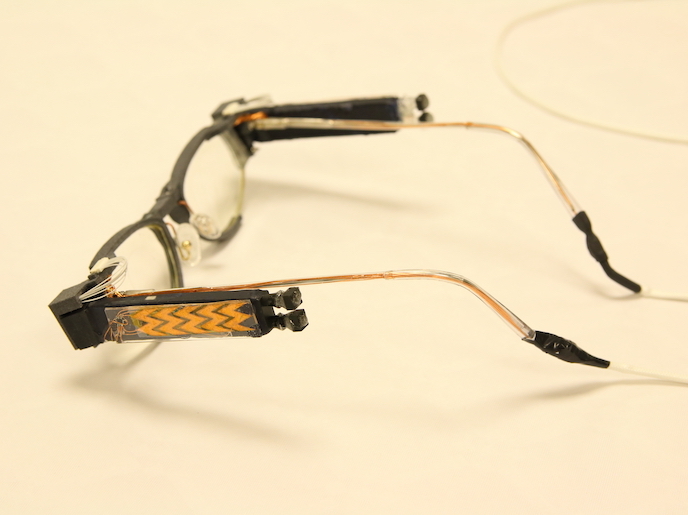Adaptive eyeglasses offer clear vision for those with presbyopia
From around the age of 40, the human eye begins to lose the ability to focus on short distances, a common condition known as presbyopia(opens in new window), which evolves until around 60. This is a natural part of ageing but can prove distressing or frustrating. Presbyopia affects 400 million people in Europe, North America and Japan. Progressive lenses have been developed to help tackle the problem. These feature a gradient of strength and are currently the best approach. Yet many report dissatisfaction with current lenses or glasses’ designs, leading to a reduced quality of life. “About 10 % of presbyopes, that is 28 million people in Europe, are unsatisfied with current corrective solutions. The immediate aftermaths are vision and postural discomfort, which result in reduced quality of life,” says Bruno Berge, CEO and founder of Laclarée(opens in new window). The EU-funded SEECLEAR project has created innovative new lenses, offering adaptive vision while maintaining high levels of aesthetic quality and design function. SEECLEAR, run by French optical firm Laclarée, has designed and tested working prototypes of the new products. They are now working towards miniaturisation of the underlying technology and plans to sell the glasses to optical retailers across Europe and eventually around the world.
Fluid-filled lens
Laclarée currently owns two worldwide basic patents protecting its technology, which is based on innovative fluid-filled lenses. The lenses are activated by low-power electrofluidic systems fitted inside the arms of the eyeglasses. An inbuilt infrared sensor detects distances from the objects and the system adjusts accordingly. “The adaptive technology is based on a disruptive adaptive liquid lens inserted within a regular unifocal ophthalmic lens and activated by a low-power microfluidic actuator located in the eyeglass temple. The whole system is driven automatically thanks to a miniature sensing system assessing the distance to the observed scene,” explains Berge, SEECLEAR project coordinator. The lenses provide clear vision at all distances automatically and offer a wide field of view. The system is fully compatible with most frame styles, meaning wearers are not restricted to certain designs. “The technology has been designed to be inconspicuous. First, the lens is as transparent as any other ophthalmic lens and compatible with most lens shapes. Second, the actuating system and electronics are compact and compatible with ordinary-looking frames,” adds Jessica Jarosz, head of optics and vision at Laclarée.
Competitive edge
There are two main competing technologies for adaptive lenses. Other companies in Belgium, Israel and Japan are working with liquid crystal technology. One other company is working on deformable membrane fluid lenses such as those developed by Laclarée. “Liquid crystals present technical challenges for the eyeglass market while the other competing fluidic solution exhibits intrinsic limitations in terms of lens shape and form factor,” notes Berge. The SEECLEAR team stresses that their solution is the only one achieving both the optical requirements for a comfortable vision at all distances, and aesthetic compatibility. Laclarée now plans to sell the product as complete eyeglasses in partnerships with established optical retailers across Europe. “Our market targets all presbyopes who have not found a comfortable vision solution,” says Berge.







